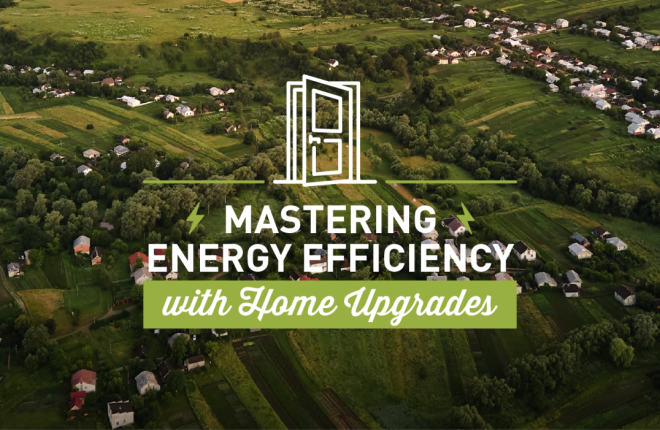
Posted 8/21/2025
Summer Backpacking: Solar Power, Energy Efficiency, and the Best States to Visit
Getting outside in the summer isn’t hard when you live in Colorado, Nebraska, New Mexico, or Wyoming.
We encourage getting outside in any way you can, like hitting the road in a camper van. With backpacking, you can combine hiking and camping for a deeper and more immersive way to experience the mountains.
At Tri-State, we’re always thinking ahead with energy-efficient planning. Along with our list of curated trails from our members’ territories, you can backpack all summer. Even more, you can replace all your backpacking basics with solar camping gear. By doing so, you'll reduce reliance on the electric grid and support a cleaner energy future.
In this guide, we're sharing seven unique backpacking trails and the practical ways to use solar-powered camping accessories. It's your start to get outside and visit one of our members' great states this summer.
Essentials for A Backpacking Trip
Energy-smart backpacking starts with thoughtful planning. It’s not just about the trail you take but the gear you bring along. Ideally, backpackers want to travel lightly, carrying only the essentials.
A good rule of thumb: your packed backpack should weigh no more than 20% of your body weight. Anything heavier can make it difficult to sustain long distances comfortably.
When backpacking with this purpose in mind, most backpackers don’t have room for single-use, wasteful, or bulky items. That’s why energy-efficiency, sustainability, and eco-friendly preparation matter. These practices lead to a better backpacking experience and a more positive impact on the environment.
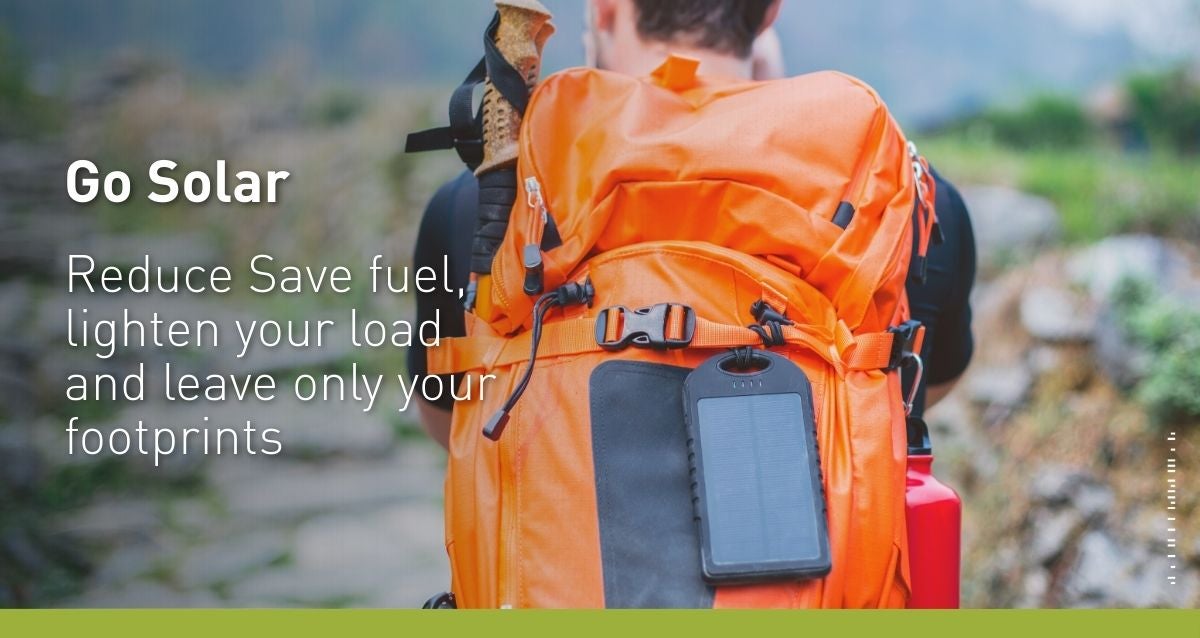
Benefits of Solar-Powered Camping
No need for gas canisters
Skip the hassle and expense of carrying or buying fuel.
Reusable gear
Solar-powered camping accessories are built to last, making them a smart long-term investment.
Lower your carbon footprint
Harnessing the sun’s energy helps to reduce emissions from other energy sources.
A wide range of gear available
Thanks to new technology, solar-powered tools are more accessible and effective than ever.
No fuel required for your devices
Power up without carrying flammable or bulky fuel.
Simple and low maintenance
Once set up, there’s little effort required with solar charging.
Support sustainable brands
Support brands that care about their environmental responsibility and how their products can be more sustainable.
Less battery waste
Reduce reliance on disposable batteries and landfill waste.
Charge anywhere with the sun
As long as you have sunlight, you can recharge your batteries.
Lightweight and portable
Most solar camping equipment is designed with backpackers and minimalists in mind.
The highlights of solar-powered camping gear make it easier to travel light, stay powered, and still enjoy convenience and savings.
In addition, backpacking combines the best of camping and hiking. Our separate guide on electrifying your camping experience features electric gear for campers, hikers, or backpackers. Whether you're camping with solar power or using portable electricity for camping, you can tap into natural energy sources.
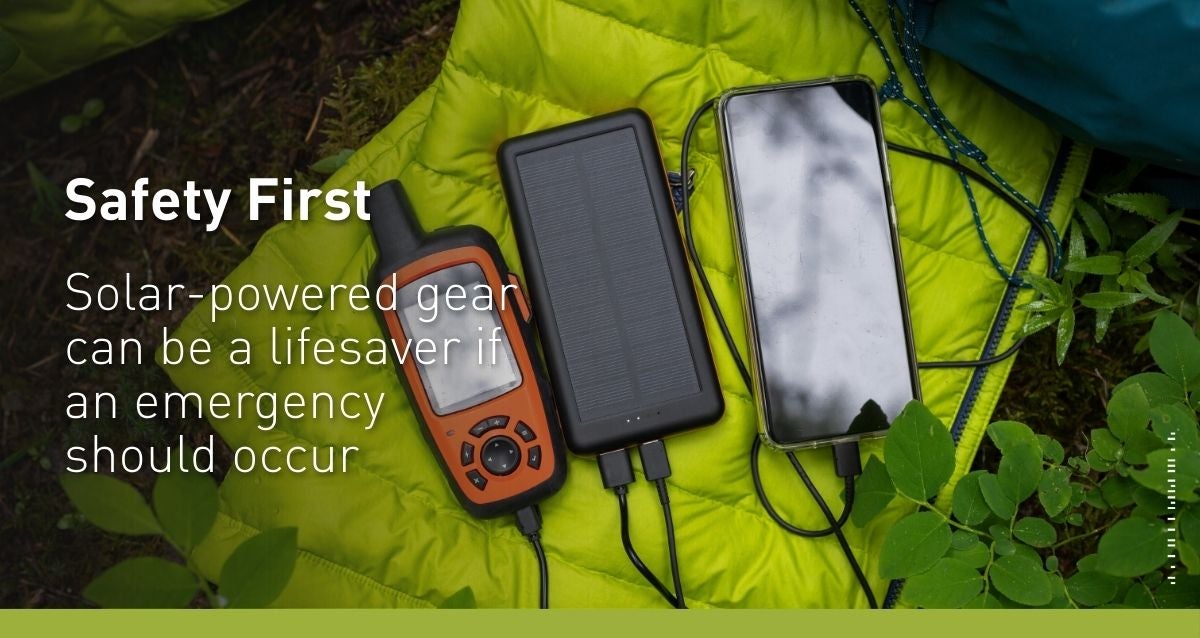
Safety Tips for Backpacking
A safe and successful backpacking trip starts with planning accordingly. When looking into how to get backpacking, there are a few things you should plan for. The first is researching your destination thoroughly. Knowing what to expect can help you avoid unexpected challenges and reduce stress.
While backpacking is generally a safe activity, weather and terrain conditions can vary widely and determine what gear you need. You don’t want to be caught in a sudden thunderstorm or find yourself navigating steep trails in the wrong shoes.
Safety also means staying connected. Whether you’re hiking solo or with a group, carrying a solar-powered GPS tracker can be a lifesaver. It not only helps with navigation but also ensures you can share your exact location in case of emergencies.
There's another advantage to solar power. You don't have to rely on traditional, bulky, non-rechargeable, or expendable power sources.
Solar-powered devices offer a smart and sustainable energy solution. Solar chargers and backup batteries provide a steady flow of energy to your GPS, smartphone, flashlight, and other tech. You can stay powered throughout your trip to focus on the trail ahead with confidence. It’s a reliable way to keep a source of energy for your trip.
Gear Guide: Solar-Powered Camping Equipment
We’re sharing a list of items that you can get solar powered to recharge with the sun:
Solar Powered Chargers
Although you probably won’t be using your phone on the trail, a solar battery charger for backpacking keeps your devices charged. Even in remote areas, you’ll be able to stay connected.
Solar-Powered Lighting
Rechargeable small lanterns make an easy, lightweight light source when you’re settling down for the night.
Portable Solar Panels
If you have room, portable solar panels come in handy for any electrical needs you may have, such as charging your phone or power camping gear. You can even put a solar panel on your hiking backpack during the day, rather than just taking it out when you rest.
For more backpacking advice, check out our blog on the best solar camping gadgets.
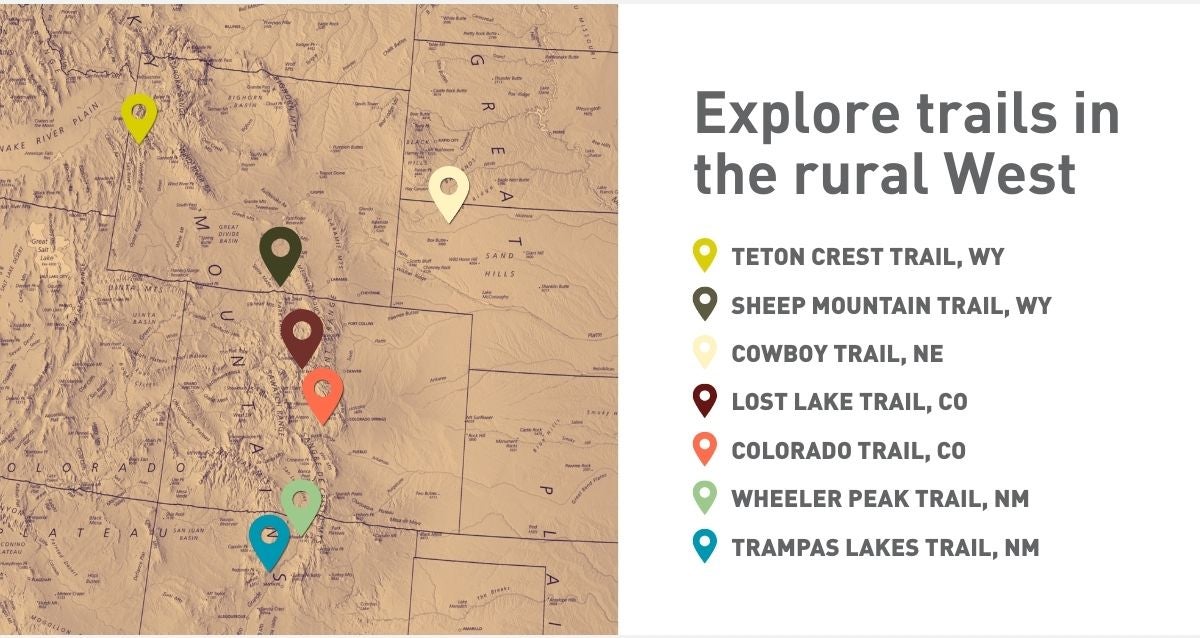
Backpacking Guide to Our Members’ States and Territories
From the sunny alpine slopes of Colorado to the open plains of Nebraska, the landscapes in our members’ territories make solar-powered gear accessible and functional.
Our states offer a wide range of summer backpacking opportunities.
Here are some of our favorites:
Colorado
Colorado Trail
Starting off strong, this trail is 464 miles long with an 86,866 elevation gain. It’s an example of a long trail that can take months or an entire summer to complete. However, if you can’t dedicate that much time, there are opportunities for you to join and leave at any distance or point on the trail. It’s also a popular trail in Colorado for camping, mountain biking, and horseback riding.
Lost Lake Trail
The Lost Lake trail is much shorter than the Colorado trail. It can be completed within a couple of hours. Located in the Roosevelt National Forest, this is a common destination for backpackers, making it an ideal trail to add to your weekend or summer-long backpacking trip.
Nebraska
The Cowboy Trail
This trail was previously part of a railroad. Since then, it's been converted to 321 miles of accessible trail for backpacking, biking, and horseback riding. As the longest former stretch of railroad turned hiking trail, it covers lots of history from Norfolk to Valentine.
New Mexico
Trampas Lakes Trail
This trail is a hidden gem for wildflowers in July. Found in the Northern Pecos Wilderness, you can backpack all 11.7 miles of this trail. It also cuts through a canyon and has views of the two Trampas Lakes.
Wheeler Peak Trail
Located in the Carson National Forest, this is an 8.2-mile hiking trail that has nearby hikes surrounding Williams Lake. As the highest elevation point in New Mexico, backpackers can complete this challenge in a day. The national forest can be an adventurous camping site for anyone looking to spend time outdoors.
Wyoming
Teton Crest Trail
Nature enthusiasts will be familiar with Wyoming’s Teton National Park. The Teton Crest Tail is 40 miles long and takes you through the forest, wildflower fields, canyons, waterfalls, and lakes. On this trail, you can stop along the way and change your route to experience even more.
Sheep Mountain Trail
The Sheep Mountain Trail is a worthwhile expedition. It’s more secluded and challenging than other trails, as hikers will gain 1,300 feet in elevation within the first 3.5 miles. Most hikers include this hike within their overall backpacking trip, but it can be just as accessible as an out-and-back hike.
There’s a trail for everyone. Solar-powered backpacking gear lets you travel smarter and tread lighter. This summer, you can do everything from chasing wildflowers in New Mexico to heading down the Cowboy Trail in Nebraska.
By adding just one new solar gadget to your backpacking essentials, you’re preparing for a more convenient trip and supporting energy-efficiency.
Remember to pack light, harness the sun’s power, and take plenty of stops to enjoy any of these four diverse states.
--
About Tri-State
Tri-State is a power supply cooperative, operating on a not-for-profit basis, serving electric distribution cooperatives and public power district member-owners in four states. Together with our members, we deliver reliable, affordable and responsible power to more than a million electricity consumers across nearly 200,000 square miles of the West. Visit www.tristate.coop.
Blog Posts

Protecting Your Home Year-Round from Wildfires
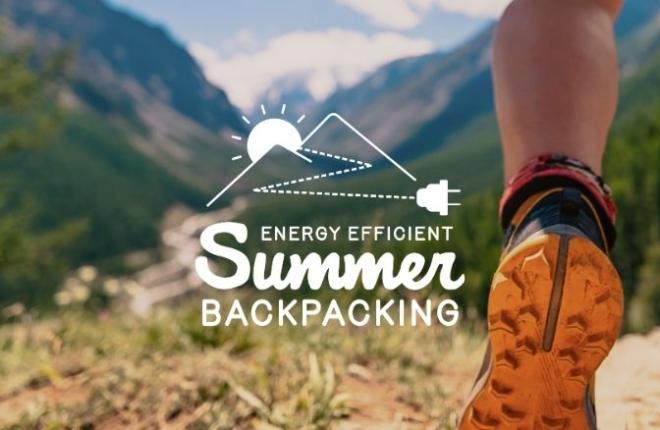
Summer Backpacking: Solar Power, Energy Efficiency, and the Best States to Visit

Beat the Chill: Effective Insulation Strategies for Winter Comfort

Energy Efficient Heating Options for Rural Communities in the West

Energy Efficient Tips for Outdoor Fall Entertaining
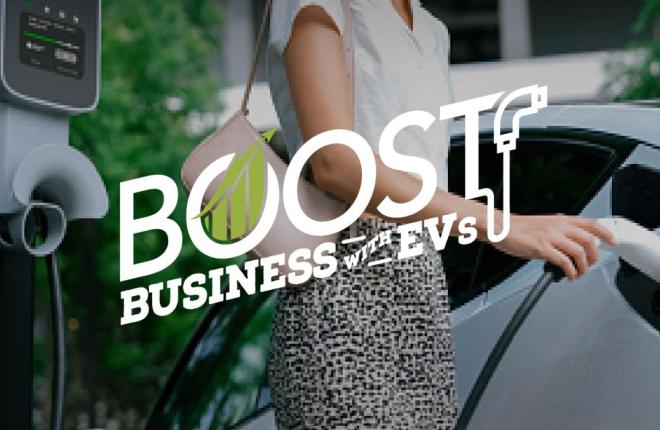
Boost Your Business with EV Charging
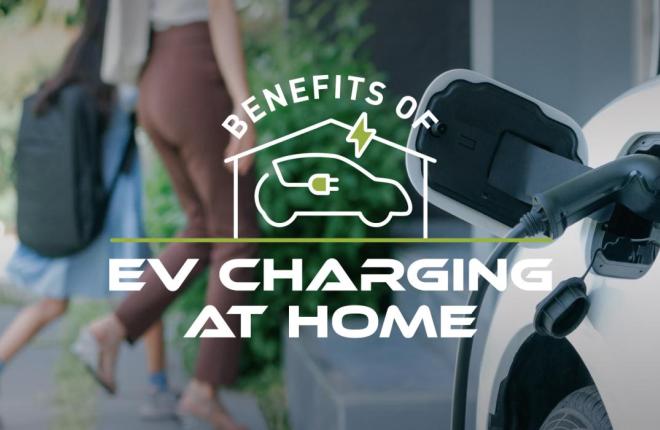
The Benefits of Having Your Own EV Charger at Home

Geothermal Heat Pumps: Harnessing Earth's Energy for Your Business
